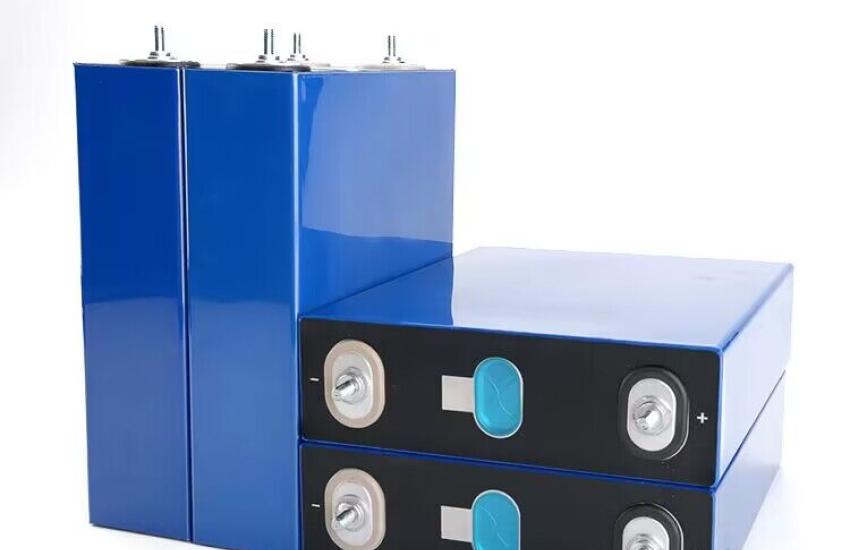Why Are Solar Energy Battery Blue?
Have you ever wondered why most solar energy battery are blue - and not black, red, green or even transparent? Is this choice of color purely for aesthetic reasons, or are there tangible economic considerations behind it?
We'll tell you in this article, and we also venture a look into the future of colored solar energy battery.
The secret of the blue color - the anti-reflective coating
It may seem surprising after this introduction, but: solar energy battery are not blue at all - at least not to begin with. Uncoated models usually have a silvery-grey color. However, this changes in further processing.
As you probably know, solar panels generate energy by absorbing, i.e. "capturing" the sunlight. The more light penetrates into the interior of the modules, the higher the efficiency and thus the yield of usable energy.
That is why the vast majority of solar cells are provided with an anti-reflection layer that increases the absorption rate of the light. This layer is tuned to the red part of the spectrum - the preferred absorption wavelength of silicon. A side effect is the bluish, much more rarely green or violet coloration.
Are all solar energy battery blue?
So far we have spoken of "most" solar panels. This already reveals that not all variants have a blue color. Instead, the hue depends on whether the cells are polycrystalline or monocrystalline silicon:
Polycrystalline Silicon: Blue
Let's start with the most common variant: polycrystalline solar cells are made of silicon that is melted and cast into a rectangular shape. In this way, many individual silicon crystals are formed. In addition to the mottled, shimmering surface, a characteristic feature is the bluish color. Since polycrystalline solar cells can be produced relatively cheaply, they make up the majority of the modules used.
Monocrystalline Silicon: Black
In addition, there is the possibility of producing solar cells from a single silicon crystal. These monocrystalline cells are more efficient than their polycrystalline relatives because they can absorb a larger spectrum of light. In this way, the size can be reduced with the same performance - perfect for space-saving installation.
One disadvantage: Monocrystalline modules are significantly more expensive. Accordingly, they currently only make up 10 percent of the installed solar modules.
Power losses due to higher heat generation are also a problem for black solar cells. However, experts assume that monocrystalline cells compensate for this loss through their higher efficiency. This is especially the case in countries like Germany, which rarely have hot temperatures.
Thin Film Solar Panels: Brown, Black or Dark Green
Last but not least, there is a relatively young type of solar energy battery: So-called thin-film modules are – as the name suggests – a hundred times thinner than their mono- or polycrystalline counterparts. In addition to the weight savings, another advantage is the low-cost production. When it comes to efficiency, however, thin-film solar modules are at a disadvantage. That's why they are rarely used on house roofs, but mostly in large solar parks, where the number of modules counts.




